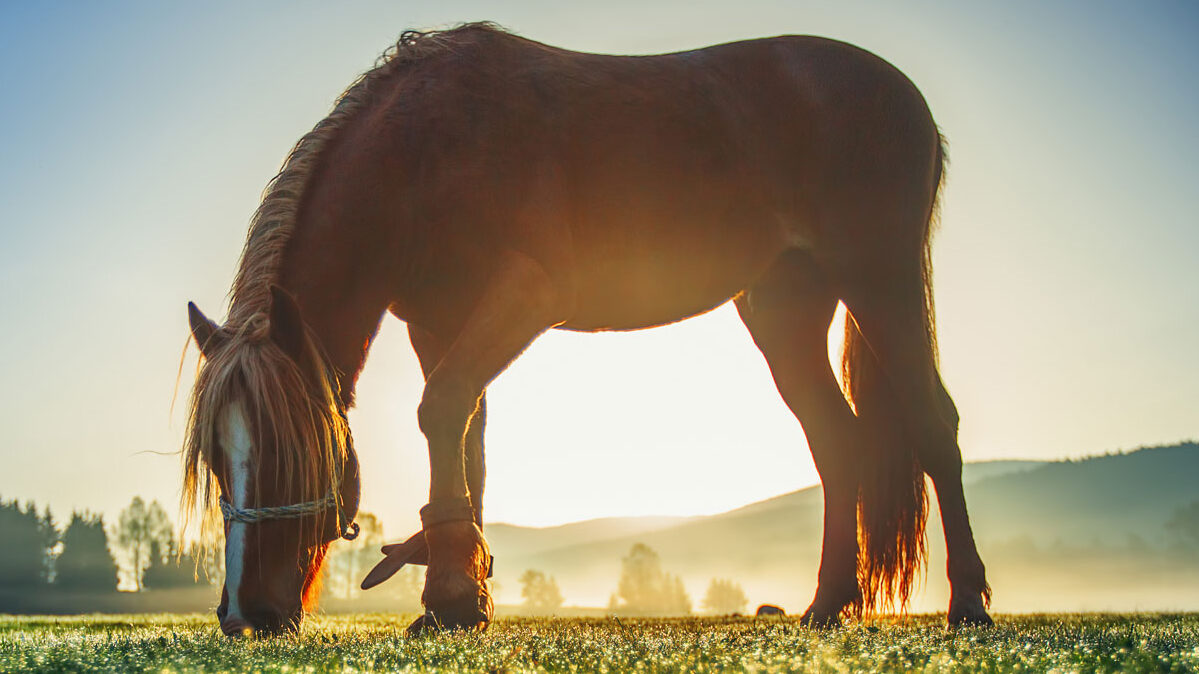How to Explain the Death of a Pet to a Young Child
For young children, a pet may be not only a beloved member of the family but a special playmate and a source of comfort and joy.
So when the day comes, as it inevitably will, how best to tell your child the pet has died?
“The death of a pet is often a child’s first experience with the life cycle,” says Jeannine Moga, a licensed clinical social worker who directs the Family and Community Services program at North Carolina State University’s Veterinary Health Complex. “This means it could be a valuable teaching opportunity.”
Moga says the first inclination of many parents is to protect their child from pain and soften the impact of the loss. They may useimages3V0AZ7N0 a euphemism such as “putting the dog to sleep” when discussing euthanasia or create an alternative story to why an animal is no longer present.
“What I usually recommend to parents is to make sure they are using clear and simple language when explaining the death of a pet,” says Moga. “The conversation should be age appropriate, but even the youngest child should be provided honest information about what death is and what it looks like.
“The two big lessons here are that death is universal and irreversible,” Moga continues. “All living things die, and once it happens we cannot make the body work again. The pet can no longer see, hear, taste, or feel. But death does not have to be painful; it does not have to hurt. Approached in the proper manner, this conversation does not have to be threatening to a child.”
The social worker suggests explaining how trees shed leaves and the leaves die or how bugs die so the child understands that all living things stop working at some point.
“A child needs to know that there are some things we can fix in people that we cannot fix in an animal, and that there are some things we cannot fix in people or animals,” she says.
Moga offers some key strategies:
It is important to keep communication open and let the child talk about the situation and take as much time as needed to ask questions.
Adults should model appropriate behavior during the process. It is okay for children to see adults being sad and missing their loved ones, as loss is a part of the universal human experience.
If a family is preparing for the death of an animal, the child should be given the opportunity to say goodbye and participate in any memorialization—perhaps writing a letter or drawing a picture that will stay with the animal.
Some children might not want to be present at the time of death but they might want to say goodbye before the animal buried. The veterinarian can assist in that process so the children can say goodbye without it being traumatic.
Very young children cannot maintain their attention on one topic and process their emotions in short bursts. It’s not unusual for a young child to have many questions right after a pet dies. A little while later they are off on another activity. It does not mean that they have forgotten about the pet’s death or that they have processed it and moved on. Parents have to be available and open for further conversations.
Find comfort in the daily routines. Maintaining a normal daily schedule for meals, bedtime, and play time is an important part of coping with a life-changing loss.
Welcome the opportunity to remember the pet by recalling and sharing stories of happy times. Memories are part of the healing process and can provide comfort months, and even years, after an animal’s death.
Bringing another animal home will not speed the grieving process. When the family has enough time, energy, and emotion to devote to another pet, a new animal member of the family may be appropriate.
Jeannine Moga is available, without fee, to help parents answer a child’s questions related to a pet’s death. Contact information: 919.919.513.3901 or email jeannine_moga@ncsu.edu
[section_subtitle] For more information: [/section_subtitle]
“When a Pet Dies” by Fred Rogers
“Cat Heaven” by Cynthia Rylant
“Dog Heaven” by Cynthia Rylant


